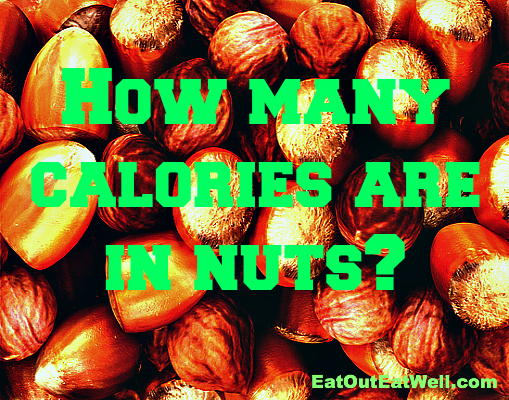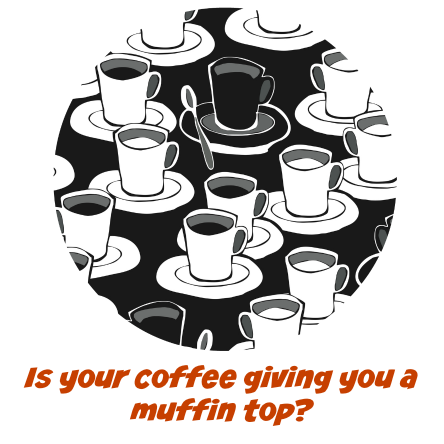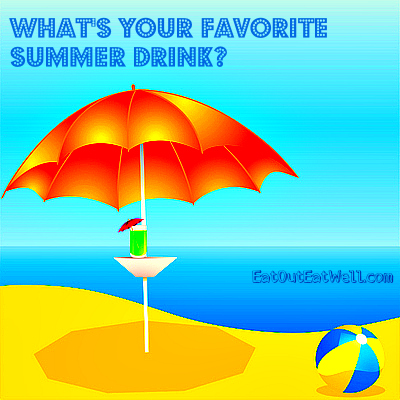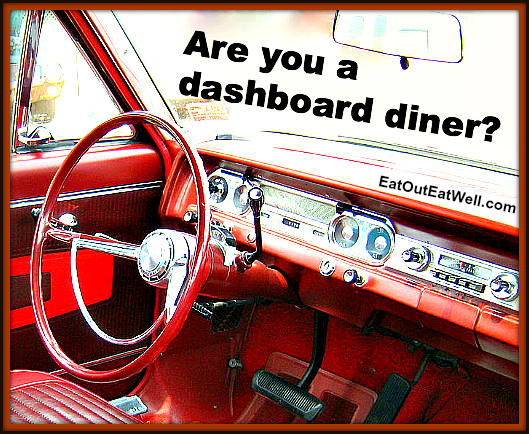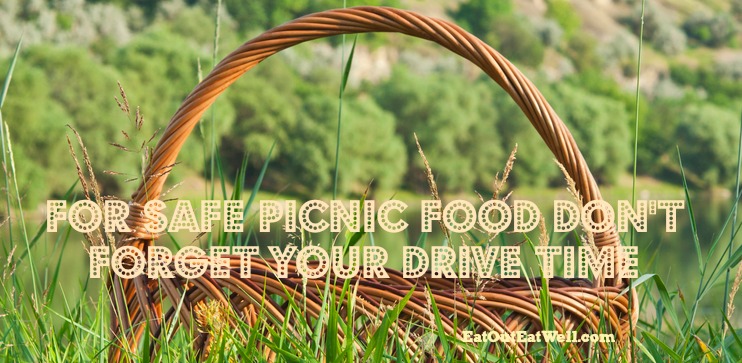Nuts are amazing – they taste great and they’re full of fiber, nutrients, heart healthy fats, along with protein and, for most nuts, a minimal amount of carbohydrates. They’re a great addition to many dishes and they’re a delicious snack that can help tide you over until your next meal.
But, because nuts are loaded with fat (even though most of it is healthy fat, it’s still fat), it means they’re also high in calories. So, be careful of portions — a serving size of most nuts is one ounce. And, think twice about “dressed and spiced up” nuts like honey glazed, honey roasted, beer nuts, spiced (spices are often mixed with butter or oil), and nuts that have been candied.
Here’s some info to help you gauge how many nuts and calories are in a one-ounce serving:
- 49 shelled pistachios, 162 calories
- 23 almonds, 169 calories
- 21 hazelnuts, 183 calories
- 18 cashews, 163 calories
- 19 pecans, 201 calories
- 14 English walnut halves, 185 calories
- 10-12 macadamias, 203 calories
- 39 peanuts (technically a legume, not a nut),dry roasted, 170 calories
